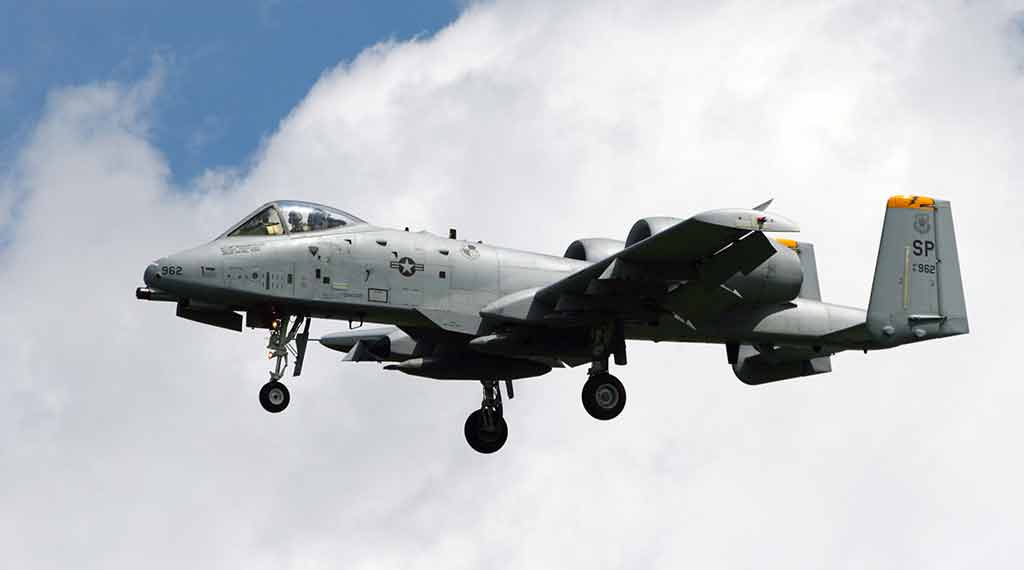The age of the A-10 Thunderbolt II is coming to an end

The A-10 Thunderbolt II, a staple in U.S. military operations for over five decades, faces retirement as the Air Force shifts towards more modern aircraft, citing its vulnerability in potential conflicts with advanced adversaries like China.
-While the aging Thunderbolt is considered less suitable for such high-threat environments, it remains a valuable asset for conventional warfare and could serve other nations effectively. Despite some interest from other countries in acquiring the A-10 fleet, logistical challenges related to maintenance and parts make its transfer problematic.
-Potential candidates like Poland or Romania could benefit from its robust close air support capabilities as they await newer jets like the F-35.
End of an Era: The A-10 Thunderbolt II Nears Retirement Amid Modernization Push
The revered A-10 Thunderbolt II is inching toward retirement after more than five decades of service. Some lawmakers urge the U.S. Air Force to maintain the subsonic attack aircraft, but the service is starting to pull the Cold War-era platform in order to make room for more modern alternatives. According to the Air Force, the Thunderbolts are too vulnerable to survive in a modern conflict.
While that might be true in the scenario of a war with China, other countries could make good use of the aging airframes.
- Has Russia Finally Sold its Su-35s to Iran? - December 2, 2025
- Iran’s Growing Missile Arsenal Is a Challenge for Israel - November 18, 2025
- IAI Is Hoping to Secure a Contract for the “Golden Dome” - November 3, 2025
